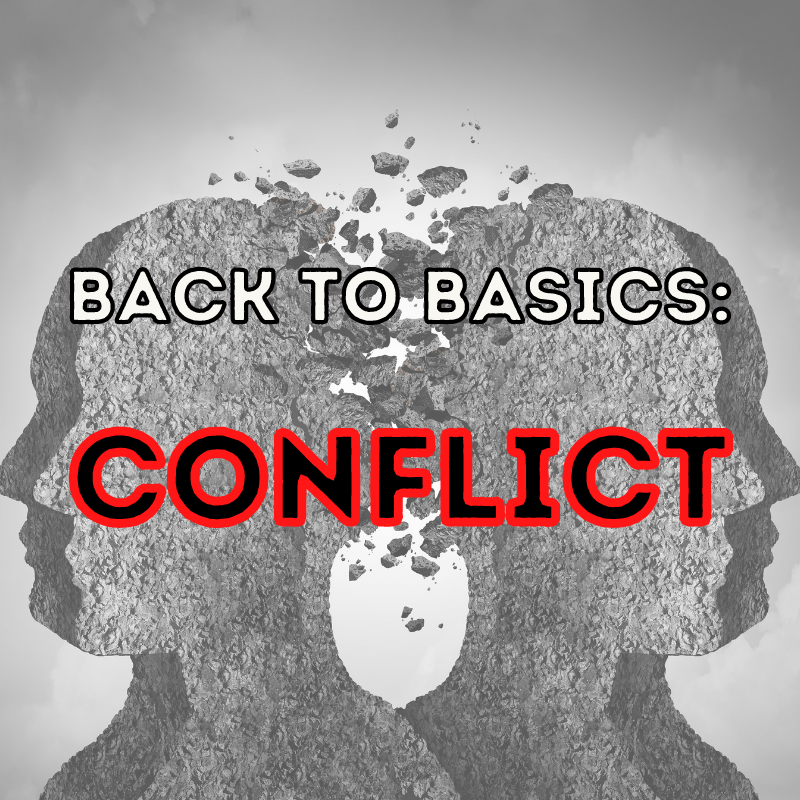Back to Basics: Flashbacks
- Izhan Arif
- Apr 16, 2022
- 3 min read

For this Back to Basics mini-course, we’re talking about flashbacks. Each Back to Basics course includes a short video (linked at the bottom), a blog post, and a challenge to help you experiment. Let’s look at the basics.
Flashbacks are a popular story device that, when done right, can add depth to both your characters and your plot. Flashbacks can be extremely interesting and entertaining. However, when using flashbacks, it’s important to make sure that they don’t take away focus from the main story. Masterclass says flashbacks do two things:
1. Make a promise to the reader.
Sometimes, a story may showcase a character in a troubling environment, a flashback may then show the character in a much more peaceful one. This contrast creates what MasterClass calls a ‘contract’ between the author and the reader. It’s expected that the author will explain how the character got from point A to point B.
2. Help justify a character’s current actions.
Flashbacks are incredibly helpful for filling in gaps from a character’s past. A character’s action may initially seem odd, but a flashback can provide great justification.
Example:
Phil is a college student who is known for always falling asleep in class.
Here, Phil is established as a tired college student. While readers could be left to assume that Phil just doesn’t care about school, a flashback could help readers change their opinion of him.
Example:
In a flashback, it’s revealed that Phil works grueling late-night shifts in order to provide for his younger sister.
A flashback like this fleshes out Phil’s backstory by giving him a younger sister that he has to provide for and also justifies his current actions. Phil falls asleep in class not because he wants to, but because he has to work long nights.
Another helpful tip from Masterclass is to make sure that flashbacks are relevant to your story. While flashbacks can be very interesting, they can also end up cluttering your story with useless information. It’s important to remember that flashbacks are supplemental. They can help fill in gaps in your story. But not everything—or everyone—in your story necessarily needs a flashback. A four-page flashback exploring the life of the postal worker who delivers the mail to your main character may be an interesting read, but what does it achieve if this is the postal worker's only appearance in the overall story?

Switching gears slightly, let’s talk about a tv show which initially used flashbacks very well: Arrow, Season 1.
Arrow stars Stephen Amell as Oliver Queen, a rich playboy who gets shipwrecked on a mysterious island and must learn how to survive. The show had a bit of a rocky relationship with fans, but the first season stood out for its innovative use of flashbacks. Most (if not all) episodes of the first season showed flashbacks of Oliver’s time on the mysterious island, Lian Yu. These flashbacks took place five years before the events of the first season. The flashbacks established Oliver’s backstory, relationship to the island and other characters, and gradually showed how he would eventually become the vigilante known as the Green Arrow. The flashbacks served a purpose in not only fleshing out Oliver’s backstory and the lore of the island, but also catching the audience up to the present. Some characters and concepts that were introduced in the flashbacks would later go on to play bigger roles in the present-day storylines.
Flashbacks are not essential to your story, but when used right, they can be tremendously beneficial! Now that you know a little more about flashbacks, try out the challenge.
Challenge:
For this Back to Basics Challenge, write a flashback (~1000 words) that establishes the backstory of one of these characters:
A Head Chef working in a poorly-reviewed restaurant.
A bus driver operating without a license.
A college professor teaching a class where all the students hate them.
Thanks for joining us for this Back to Basics course. If you tried this month’s challenge, you can share it on our forum or on social media using hashtag #WWB2B. Better Writer subscribers can submit their challenge for feedback as soon as possible. Find past Back to Basics courses here.
If you liked this challenge and you want to see more, be sure to like, comment, and subscribe to our channel. Special thanks to our Back to Basics Coordinator, Izhan, for creating this course. We'll see you all next time!
About the Author: Izhan Arif is a Teaching of English major at UIC who loves to write in his spare time. Izhan is also a very big fan of comic books and comic book TV shows and movies, he hopes to write his own comic books at some point as well.
.png)


Comments